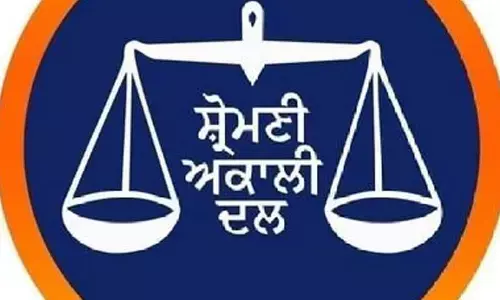From sketches to blueprints: How architects bring ideas to life

From sketches to blueprints: How architects bring ideas to life
Architecture is a fascinating field that combines creativity, engineering, and technical expertise to create buildings and structures that meet a variety of needs.
Architecture is a fascinating field that combines creativity, engineering, and technical expertise to create buildings and structures that meet a variety of needs. Architects are responsible for bringing their client's visions to life, from initial sketches to detailed blueprints that guide the construction process. The process of bringing ideas to life involves collaboration with other professionals, adherence to building codes and regulations, and a deep understanding of design principles and construction techniques. In this article, we will explore the journey from initial sketches to detailed blueprints, and the key steps that architects take along the way.
Sustainable design
Sustainable design seeks to reduce the amount of energy that buildings consume. This can be achieved through measures such as passive solar design, energy-efficient lighting, and HVAC systems, and the use of renewable energy sources such as solar panels. Sustainable design also involves the use of materials that are environmentally responsible, socially equitable, and economically viable. This includes materials that are locally sourced, recycled, or renewable. In a survey by the Indian Institute of Architects (IIA), 75 per cent of architects reported that sustainable design was important or very important to their clients.
3D modeling
3D modeling allows architects to create realistic visualisations of their designs, including interior and exterior spaces, furniture, and fixtures. This helps clients and other stakeholders better understand the design and make informed decisions. 3D modeling also facilitates collaboration between architects, engineers, contractors, and other professionals involved in the project. It allows them to share and review designs in real-time, identify potential issues, and make necessary changes.
A survey by the Council of Architecture COA found that 69 per cent of architects use 3D modeling software, and 45 per cent use virtual reality (VR) or augmented reality (AR) in their work.
Collaboration
Collaboration requires effective teamwork and communication between architects, engineers, contractors, clients, and other stakeholders. This can involve regular meetings, brainstorming sessions, and ongoing communication throughout the design and construction process. It also requires coordination between different professionals to ensure that everyone is working towards the same goals and objectives. This can involve sharing information, setting timelines and deadlines, and establishing clear roles and responsibilities for each team member. Collaboration ultimately aims to achieve client satisfaction by delivering a project that meets their needs and expectations. By working closely with clients and other stakeholders throughout the project, architects can ensure that the design meets their needs and reflects their vision for the project.
According to a survey by Autodesk, 80 per cent of architects reported that collaboration is critical to their work.
Building Information Modeling (BIM)
BIM facilitates collaboration between architects, engineers, contractors, and other professionals involved in the construction process. It allows them to work on the same model and share information in real-time, reducing the risk of errors and improving communication. BIM enables coordination between different teams and disciplines, allowing them to work together more efficiently and effectively. It helps ensure that all components of the building are designed and constructed correctly and that they fit together seamlessly. BIM also enables analysis and simulation of the building's performance, including energy usage, acoustics, lighting, and ventilation. This can help optimize building performance, reduce environmental impact, and improve occupant comfort.
A survey by Dodge Data & Analytics found that 56% of architects use BIM in their work.
Code compliance
Architects must have a thorough understanding of local and national building codes and regulations. This includes staying up-to-date with any changes or updates to codes and ensuring that all designs comply with current standards. Architects must design buildings that meet all relevant codes and regulations, including those related to structural design, fire safety, accessibility, and environmental sustainability. Architects must document all aspects of the design and construction process to demonstrate compliance with building codes and regulations. This includes detailed drawings, specifications, and other documentation that show how the building meets relevant standards.
In a survey by the Indian Institute of Architects (IIA), 64 per cent of architects reported that staying up-to-date with codes and regulations was a challenge in their work. In summary, architects bring ideas to life by incorporating sustainable design principles, using 3D modeling and BIM, collaborating with other professionals, and ensuring compliance with building codes and regulations. These factors, along with artistic vision and technical expertise, are essential to the success of any architectural project.
(The author is Academic Director of the Academy of Fashion & Art (AFA))
















